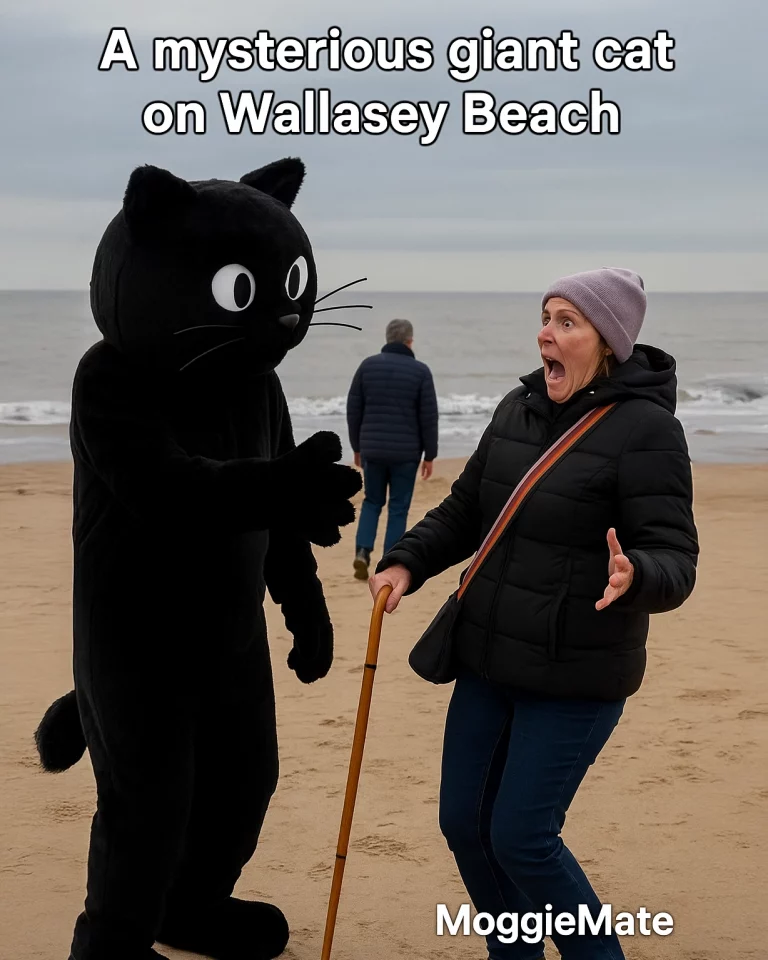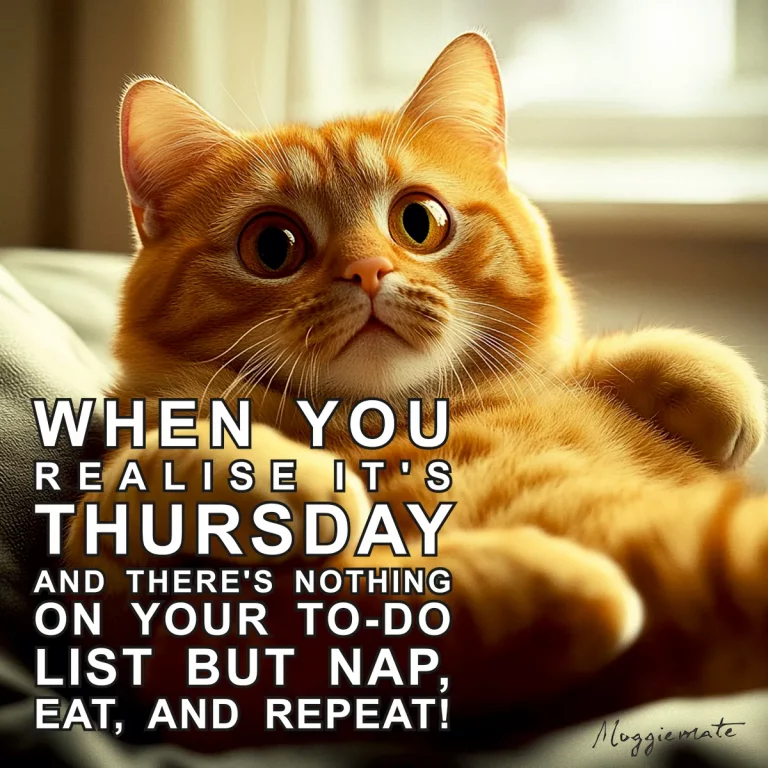-
New detail...Westminster, London, UK
- Share
- Share
- Leave a review
- prev
- next
You May Also Be Interested In
Purr Angels Moggiemates Biker Gang 
- Moggiemate
- Humour
Soft paws, big attitudes
Giant Cat Terrorises Merseyside
- MoM-22
- Humour
Giant Cat Terrorises Merseyside Beach
Moggiemate Thursday: Cat Humour 
- Moggiemate
- Humour
When you realise it's Thursday, and there's nothing on your to-do list but nap, eat, and repeat!



